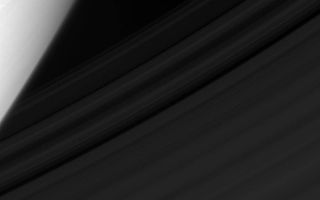
PIA09863: Seeing the C Ring
|
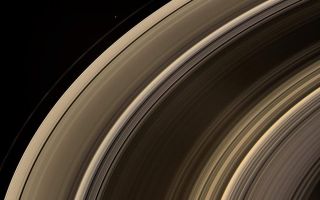
PIA09865: Grandeur of the Rings
|

PIA09873: Following the Clouds
|
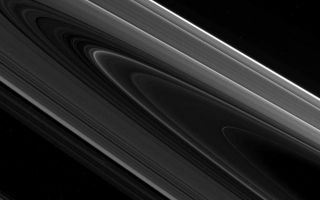
PIA09875: High-phase Rings
|

PIA09888: F Ring Informants
|
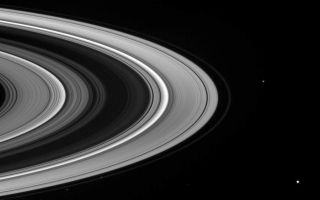
PIA09890: The Orbiting Fleet
|
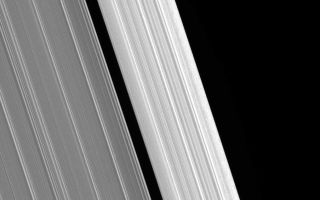
PIA09892: Scrambled Edge
|
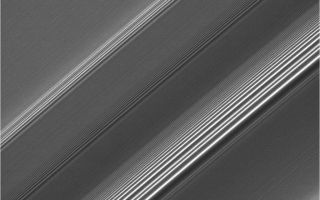
PIA09894: Saturn's Watch Spiral
|
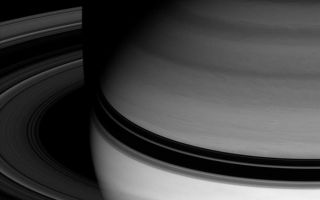
PIA09896: Dark Boundary
|
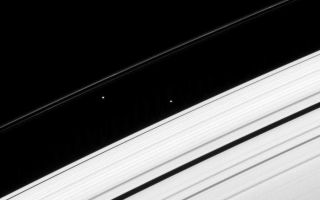
PIA09897: Moons that Pass in the Night
|
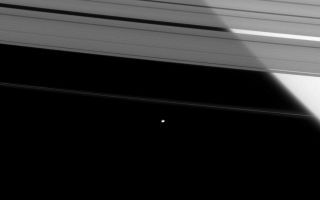
PIA09899: The Shepherd and Saturn
|
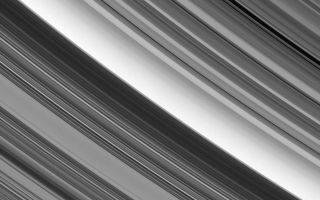
PIA09901: On the Border
|
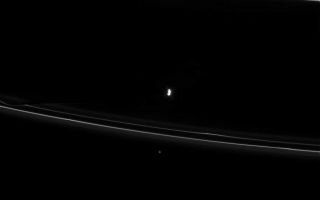
PIA09902: Ringcraft
|
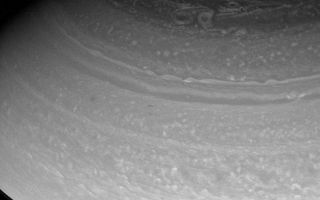
PIA09904: Immense Vortices
|
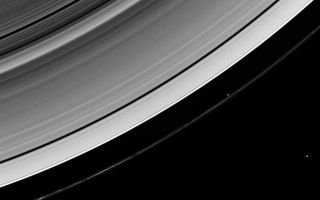
PIA09905: Bird's Eye View
|
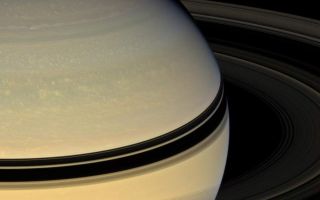
PIA09906: Revealing Saturn's Colors
|
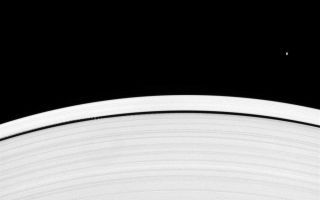
PIA09907: Atlas and Daphnis
|
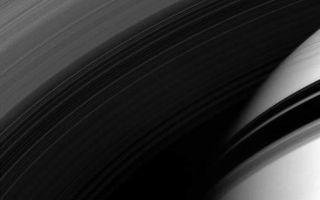
PIA09908: Northward Through the Rings
|
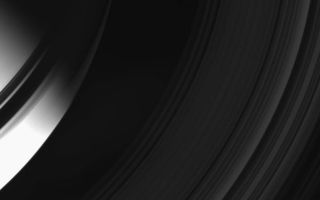
PIA09912: Splinter of Light
|
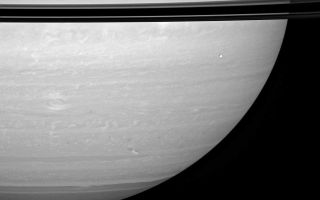
PIA09913: A Capital Storm
|
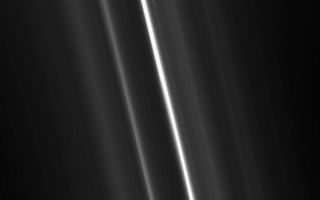
PIA09919: F Ring Close-up
|
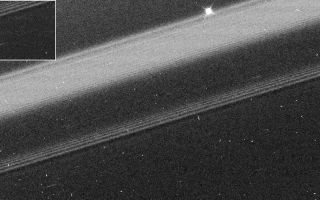
PIA10079: Propeller Belt
|

PIA10081: Saturn's Recycling Rings
|

PIA10082: "Staring Mittens" (Animation)
|
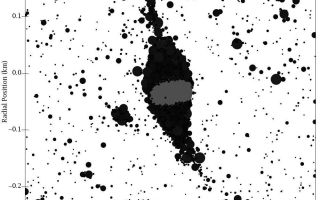
PIA10083: Clumpy Moons
|
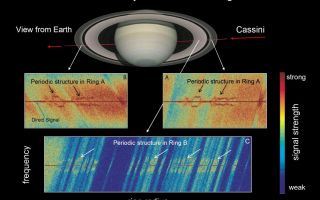
PIA10233: Saturn's Ring Rhythm #2
|
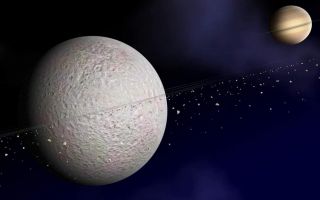
PIA10246: Artist Concept of Rhea Rings
|
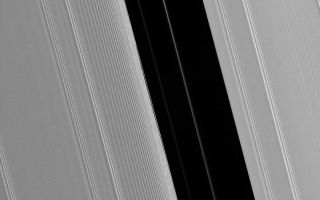
PIA10402: Pan's Gap
|
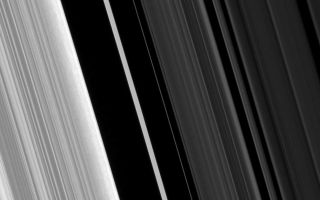
PIA10404: Structure Along the Edge
|
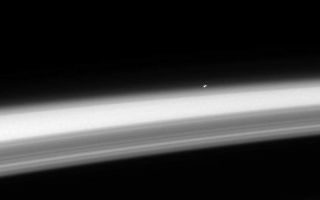
PIA10406: Stellar Horizon
|